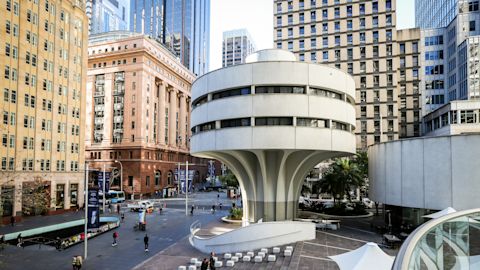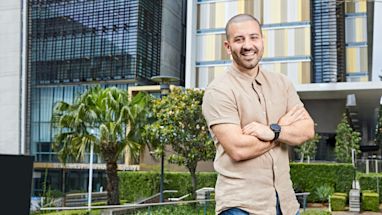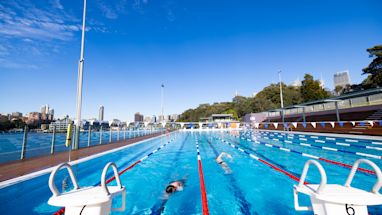9 fine examples of modern movement architecture have been earmarked for local heritage listing in a study commissioned by the City of Sydney.
Sydney Masonic Building

The Heritage Council of NSW said the modern movement period produced some of the 20th century's most important architecture, including styles known as modern, international, brutalist and Sydney school.
Former Sydney County Council building

Local heritage listing ensures that any future development will consider heritage impacts and help retain significant features to maintain the distinctive character of these buildings.
St Peter Julian's Catholic Church and Monastery

Brutalist buildings such as the Sydney Masonic Centre and Town Hall House have become synonymous with Sydney's skyline.
Town Hall House

The post-war period of 1945 to 1975 was one of the most significant periods of development in central Sydney, determining much of the city's current form and character.
William Bland Centre

These rare examples of post-war modern architecture were built during a time of great social and cultural change in Australia.
MLC Centre

The architects of the modern movement responded to the social, political and economic upheaval caused by industrialisation and world wars.
Former Liverpool and London and Globe building

The buildings demonstrate the technical and design achievements of the modern movement in Sydney.
Former Horwitz House

Many buildings from this period have been demolished or modified beyond recognition. Only 5 built from 1945 to 1975 are currently heritage listed.
Earth Mother play sculpture

The Central Sydney Planning Committee approved these heritage listings in June 2020.
Published 19 August 2019, updated 26 May 2022



